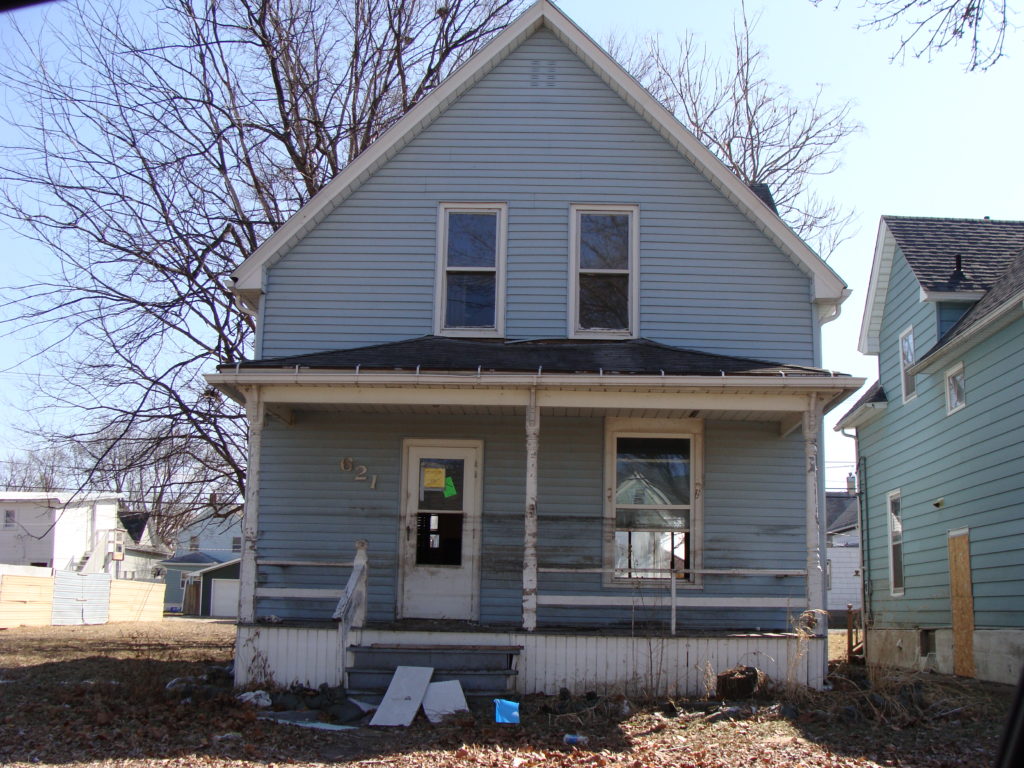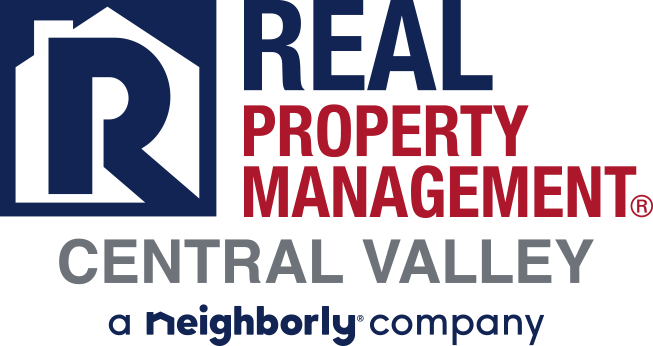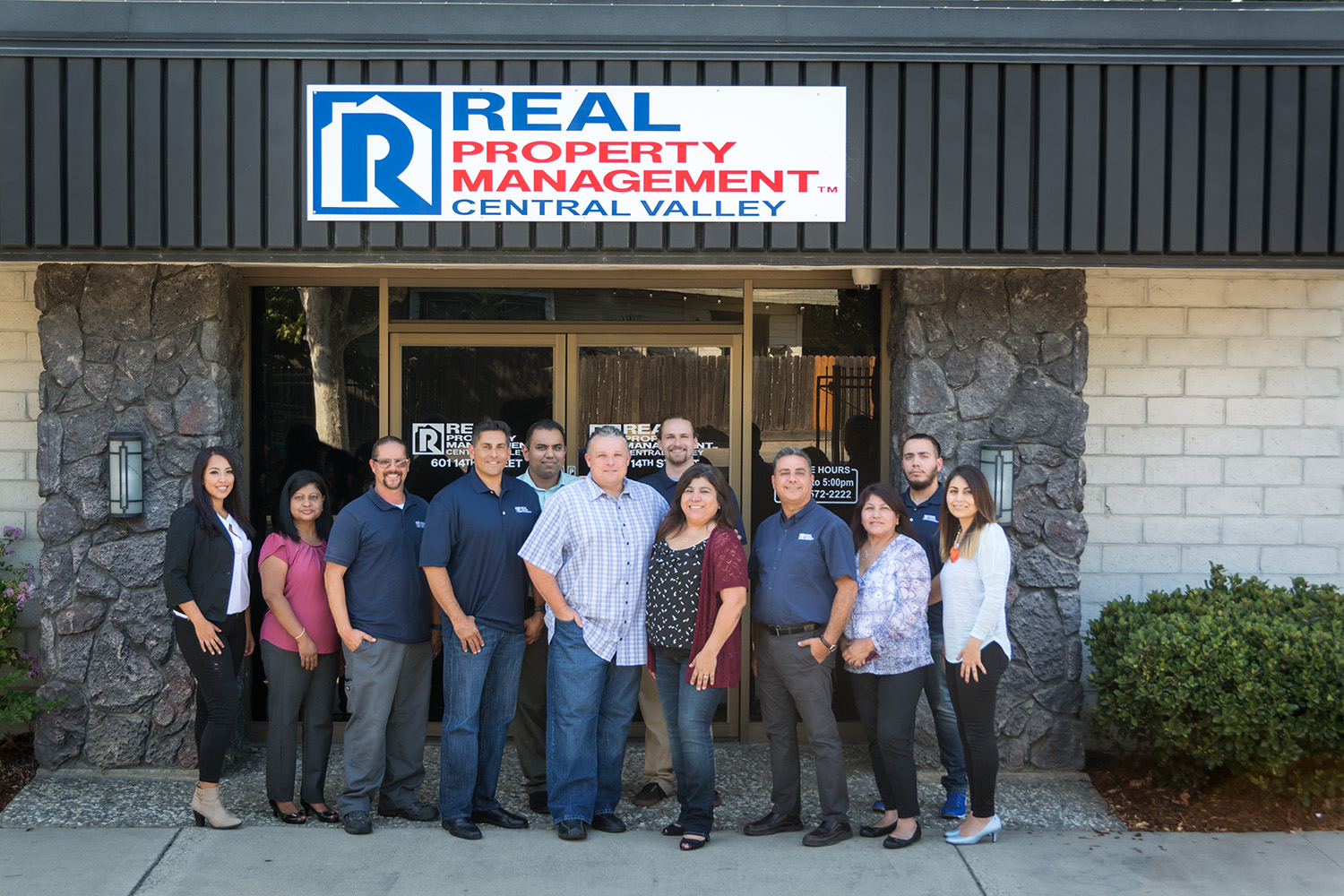What tax impact does disasters have for rental property owners?

Once it’s finished, 2017 will be remembered as one of the toughest years in recent memory especially thanks to natural disasters which have hit California and Texas.
The big question though when it comes to natural disasters is what impact do they have on property owners after they occur?
When a major disaster occurs, the IRS normally tries to help the victims out by extending tax deadlines. After all, no one wants to have to worry about making tax payments or filing returns while their property is underwater or destroyed by a fire. For example, victims of Hurricanes Harvey, Irma, and Maria will not be required to make most types of tax payments and filings until January 31, 2018.
The IRS automatically identifies taxpayers located in a covered disaster area and applies the extended deadlines. Thus, to benefit from the extended deadlines, your rental property simply has to be located in a federally declared major disaster area. There is no need to ask the IRS for a deadline extension. You can determine if an area has been declared a disaster area by checking the FEMA website.
Deducting Losses from a Disaster
Insurance is always the first line of financial defense when disasters occur. However, not all rental properties are fully covered for losses due to natural disasters. Some types of losses may not be covered at all. For example, losses due to floods, hurricanes, and earthquakes may not be covered unless the property owner has obtained a supplemental policy. Even if a loss is covered, the property owner may still have to pay for part of the cost of repairing or replacing the rental property.
Fortunately, any uninsured casualty losses are deductible by rental property owners, subject to certain limitations. A “casualty” is damage, destruction, or loss of property due to an event that is sudden, unexpected, or unusual. Deductible casualty losses can result from many different causes, including (but not limited to):
- Earthquakes
- Fires
- Floods
- Government-ordered demolition or relocation of a building that is unsafe to use because of a disaster
- Landslides
- Sonic booms
- Storms, including hurricanes and tornadoes
- Terrorist attacks
- Vandalism, including vandalism to rental properties by tenants
- Volcanic eruptions
One thing that all of the events in the above list have in common is that they are sudden—they happen quickly. Suddenness is the hallmark of a casualty loss. Thus, loss of property due to slow, progressive deterioration is not deductible as a casualty loss. For example, the steady weakening or deterioration of a rental building due to normal wind and weather conditions is not a deductible casualty loss.
The Role of Insurance After a Disaster
A rental property owner may take a deduction for casualty losses only to the extent that the loss is not covered by insurance. If the loss is fully covered, there is no deduction. A property owner can’t avoid this rule by not filing an insurance claim. Indeed, a timely insurance claim must be filed, even if it will result in cancellation of the property owner’s policy or an increase in premiums.
The amount of the claimed casualty loss must be reduced by any insurance recovery received, or reasonably expected to be received if it hasn’t yet been paid. If it later turns out that the property owner receives less insurance than expected, the owner can deduct the amount the following year. If the owner receives more insurance payments than expected, the extra amount is included as income for the year in which it is received.
Amount of Casualty Loss Deduction
How much a rental property owner may deduct depends on whether the property was completely or partially destroyed.
If the property is completely destroyed (or stolen), the deduction is calculated as follows:
Adjusted basis – salvage value – insurance proceeds = Deductible loss
Adjusted basis is the property’s original cost, plus the value of any improvements, minus any deductions taken for depreciation or Section 179 expensing. The adjusted basis for rental buildings, land improvements, and landscaping are each determined separately. Adjusted basis should be easily found from a rental property’s depreciation schedules and/or tax returns filed for the property. Salvage value is the value of whatever remains after the property is destroyed; in cases of total destruction, this is often nothing.
If the rental property is not completely destroyed, the amount of the casualty loss is the lesser of 1. The property’s adjusted basis or 2. The decrease in the fair market value of the property due to the casualty, minus any salvage value and insurance proceeds.
An appraisal can be used to determine the reduction in fair market value of partly damaged property, as well as salvage value. Alternatively, the cost of cleaning up or making repairs after a casualty can be used as a measure of the decrease in fair market value if all of the following conditions are met:
- The repairs are actually made
- The repairs are necessary to bring the property back to the condition it was in before the casualty
- The amount spent for repairs is not excessive
- The repairs are for the damage only
- The value of the property after the repairs is not greater than its value before the casualty
The amount of a casualty loss to rental property must be calculated separately for each item that is damaged or destroyed. This may include a rental building, landscaping, and other land improvements apart from the building. However, it is not necessary to separately deduct personal items inside a rental property, such as appliances.
Example of Casualty Losses
John’s rental building suffered wind damage due to a hurricane. The hurricane not only damaged the building, but damaged his landscaping—trees and shrubs—as well. John must separately calculate his casualty loss for the building and the landscaping. The adjusted basis of the building is $566,000. The trees and shrubs have an adjusted basis of $10,000. John hires an appraiser who determines that the fair market value of the building immediately before the hurricane was $700,000, and was $650,000 immediately afterwards. The fair market value of the trees and shrubs immediately before the casualty was $4000, and afterwards was $500. John’s insurance did not cover hurricane wind damage, so he expects to receive no insurance proceeds.
John calculates his casualty loss for the building as follows:
- Adjusted basis of rental building before hurricane: $566,000
- Fair market value before hurricane: $700,000
- Fair market value after hurricane: $650,000
- Decrease in fair market value: $50,000
- Amount of loss (line 1 or line 4, whichever is less): $50,000
- Insurance reimbursement: 0
- Deductible casualty loss = $50,000
John separately calculates his loss for the landscaping as follows:
- Adjusted basis of landscaping before hurricane: $10,000
- Fair market value before hurricane: $4,000
- Fair market value after hurricane: $500
- Decrease in fair market value: $3,500
- Amount of loss (line 1 or line 4, whichever is less): $3,500
- Insurance reimbursement: 0
- Deductible casualty loss = $3,500
Deducting Losses in Federal Disaster Areas from Prior Year Taxes
Casualty losses are generally deductible in the year in which the casualty occurs. However, if a deductible casualty loss occurs in an area that is declared a federal disaster by the president, the property owner may elect to deduct the loss for the previous year. This will provide a quick tax refund, since the owner will get back part of the tax paid for the prior year. If the owner already filed the tax return for the prior year, an amended return for the year must be filed.
Casualty Gains
It’s quite common for a rental property owner to have a casualty gain rather than a loss. This occurs when the insurance reimbursement an owner receives exceeds the adjusted basis of a property that has been completely destroyed.
Example of Casualty Gains: Part 1
Sheila owns a rental building with a fair market value of $500,000. After years of depreciation deductions, its adjusted basis is $250,000. The building is totally destroyed in a fire. Sheila receives $480,000 in insurance proceeds. She has a $230,000 casualty gain.
A casualty gain is taxable income. However, the property owner need not pay tax on the gain the year it is received if the owner replaces the destroyed property and the cost exceeds the insurance recovery. Instead, the gain is postponed until the replacement property is ultimately sold or otherwise disposed of. The basis of the replacement property is reduced by the amount of this postponed gain.
To qualify as replacement property, the new property must be similar or related in service or use to the property it replaces. However, the rules are more liberal if the destroyed property was located in a federally declared disaster area. In this event, any replacement property acquired for use in any business is treated as replacement property. Moreover, the replacement property doesn’t have to be located in the federally declared disaster area.
To avoid paying tax on a casualty gain, the property must replaced within two years after the close of the first tax year in which insurance proceeds are received. However, if the property is located in a federally declared disaster are, this period is increased to four years.
The property owner doesn’t have to use the insurance proceeds to acquire the replacement property. Rather, the owner has the option of spending the money they receive from the insurance company for other purposes, and borrowing money to buy replacement property.
Example of Casualty Gains: Part 2
Assume that Sheila uses her $480,000 insurance proceeds to construct a new rental building. The new building cost $600,000. Sheila need not pay any tax on her $230,000 casualty gain since she reinvested her entire gain in replacement property. However, the basis of the new building is reduced by $230,000 to $370,000. This way, tax on the gain will have to be paid when Sheila ultimately disposes of the replacement property.
Get Professional Property Management Here
For professional property management contact RPM Central Valley today by calling us at (209) 572-2222 or click here to connect with us online.

